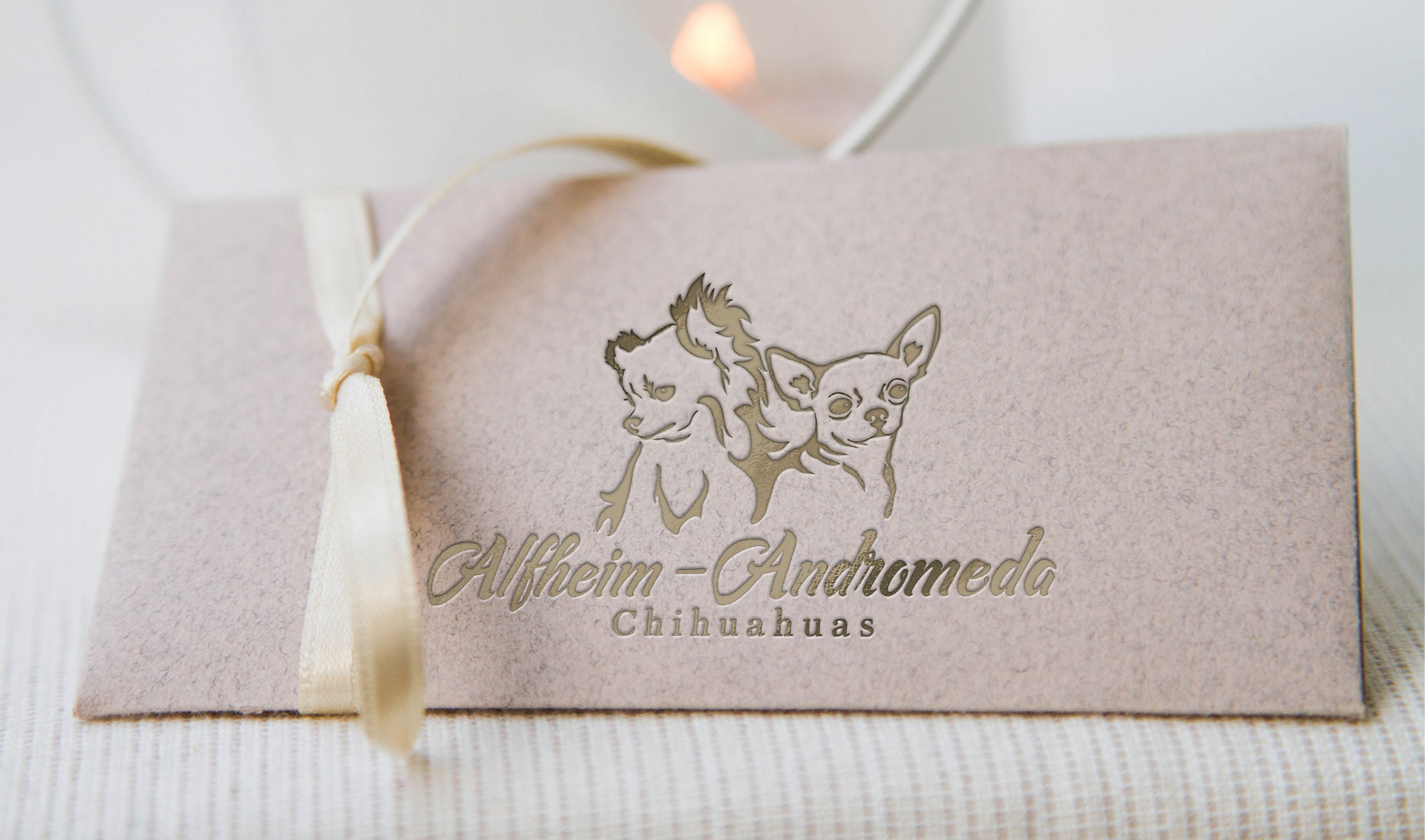From Test Breeding to Genetic Testing: A Science-Driven Approach to Breeding Healthier Chihuahuas
- Tanya Ansok Stringer

- Sep 26, 2022
- 4 min read
Updated: Nov 29, 2024
As a long-time Chihuahua breeder, I’ve often heard the phrase, “I know my lines,” from fellow breeders. If I had a penny for every time, I’d be a millionaire.
But the truth is, no breeder—not even the most experienced—can see recessive genes in their dogs. Guesswork has no place in responsible breeding. That’s why we rely on modern science to truly understand our lines and make informed, data-driven decisions.
By combining health testing, advanced DNA analysis, and a commitment to transparency, we’re working to secure a healthier future for the Chihuahua breed. But to appreciate how far we’ve come, let’s look back at how breeders once uncovered genetic issues—through test breeding.
The Era of Test Breeding: A Necessary But Imperfect Tool
In his book, Control of Canine Genetic Diseases, George A. Padgett, DVM, explains that before the advent of genetic testing, breeders relied on test breeding to identify carriers of harmful genetic traits.
What Was Test Breeding?
Test breeding involved pairing a dog suspected of carrying a genetic condition with another dog known to be a carrier or affected by the same condition. The resulting puppies were monitored to determine whether the suspected parent was indeed a carrier.
The Ethical and Practical Challenges of Test Breeding
While test breeding provided valuable insights, it came at a significant cost:
Ethical Concerns: Test litters often included puppies affected by genetic diseases, raising moral dilemmas about their quality of life and future.
Resource Intensive: Multiple litters and generations were often needed to gather enough data, demanding time, space, and financial investment.
Uncertainty: Without modern molecular tools, breeders relied on observable traits, leaving many recessive genes hidden.
Modern Science: A Humane and Precise Revolution in Breeding
The advent of genetic testing has transformed the way we approach breeding, replacing test breeding with a humane, efficient, and highly accurate method for identifying genetic risks.
Why Genetic Testing is a Game-Changer
Carrier Detection Without Breeding:DNA tests can identify carriers of recessive genes without producing affected puppies. Breeders can then plan pairings that avoid producing puppies with preventable health issues.
Comprehensive Screening:Advanced tests like those from Embark can screen for multiple genetic conditions in a single sample, providing a detailed picture of a dog’s genetic health.
Preservation of Genetic Diversity:By measuring genetic diversity through tools like the Inbreeding Coefficient (COI), breeders can ensure their programs remain robust and avoid harmful inbreeding.
The Importance of Health Testing in Chihuahuas
In addition to genetic testing, traditional health screenings remain essential for identifying physical health concerns specific to the Chihuahua breed.
1. OFA Testing (Orthopedic Foundation for Animals)
The OFA provides breed-specific testing recommendations to address common issues in Chihuahuas, including:
Cardiac Exams: Advanced evaluations, like echocardiograms, detect congenital heart defects.
Patella Luxation Testing: Grades knee stability to reduce the risk of mobility issues.
Ophthalmology Exams: Annual exams identify hereditary eye conditions that may not be visible during routine vet visits.
Transparency Through OFA
All OFA test results are publicly accessible at www.offa.org. This level of transparency is vital for maintaining ethical breeding practices and fostering trust with puppy buyers.
2. Embark DNA Testing: A Window Into Genetic Health
Embark testing goes beyond identifying visible traits. It uncovers the hidden recessive genes and genetic conditions that would have required generations of test breeding to uncover.
Embark provides critical insights such as:
Genetic Disease Risks: Screens for over 218 conditions, including Chihuahua-specific issues like Progressive Retinal Atrophy (PRA) and Spinocerebellar Ataxia.
Recessive Gene Carriers: Identifies hidden carriers, enabling breeders to pair dogs responsibly.
Coat Color Genetics: Determines both visible and hidden coat colors, including cryptic Merle patterns.
Inbreeding Coefficients (COI): Measures genetic diversity to avoid producing overly inbred puppies.
Why This Matters: From Ethics to Better Outcomes
Preventing Health Risks Without Suffering
Genetic testing allows us to identify carriers of harmful mutations without producing affected puppies, eliminating the ethical dilemmas of test breeding.
Responsible Breeding with Merle Coats
Merle coats, while visually striking, can pose significant health risks if two Merle carriers are paired. Embark identifies hidden Merle genes, ensuring no risky pairings occur and preventing blindness, deafness, and other severe health problems.
Preserving the Breed’s Genetic Diversity
Chihuahuas are one of the most genetically diverse dog breeds, a trait essential to their long-term health. Genetic testing helps breeders make strategic decisions to maintain this diversity while avoiding harmful pairings.
Transparency: The Foundation of Ethical Breeding
At [Your Breeding Program Name], we believe in full transparency. Every health and genetic test result—good or bad—is shared openly with prospective buyers. This builds trust and ensures accountability, setting a standard for ethical Chihuahua breeding.
Breeding for Health, Not Aesthetics
While all coat colors are accepted in Chihuahuas, we prioritize health over aesthetics. Breeding solely for specific colors, like Merle, can lead to a loss of genetic diversity and exacerbate health issues. Our goal is to produce well-rounded, healthy Chihuahuas that meet breed standards and thrive as loving companions.
Final Thoughts: Science is the Future of Breeding
Breeding healthier Chihuahuas starts with science, not guesswork. Tools like OFA and Embark testing have replaced outdated methods like test breeding, making the process more humane, efficient, and accurate.
If you’re considering a Chihuahua, ask breeders about their health testing practices. Look for those who embrace genetic testing and transparency—it’s the best way to ensure a bright, healthy future for the breed we all love.

Example of Embark Results


![04[5287]_edited.png](https://static.wixstatic.com/media/19bc06_e20664f6f34a40a38ce600e39e177c3c~mv2.png/v1/fill/w_980,h_578,al_c,q_90,usm_0.66_1.00_0.01,enc_avif,quality_auto/19bc06_e20664f6f34a40a38ce600e39e177c3c~mv2.png)






































